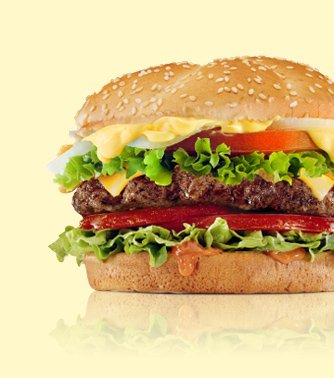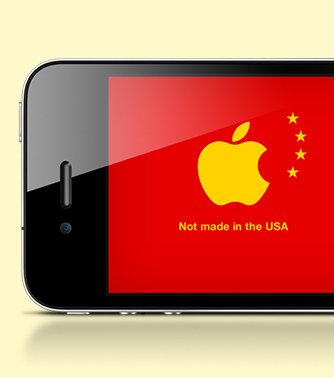International Trade & Finance
International trade is the exchange of goods and services across borders. International trade is often costly due to tariffs, transportation, currency conversion, and differences in regulatory processes.
International business transactions are now not only interconnected more than ever before, but most companies engage in multinational activities through export and import.
Free Trade, Fair Trade or Cap and Trade?
REAL WORLD EXAMPLES
See more examples in the
The Big Mac Index
The Economist’s Big Mac Index is based on the theory of purchasing-power parity: in the long run, exchange rates should adjust to equal the price of a basket of goods and services in different countries. This particular basket holds a McDonald’s Big Mac, whose price around the world we compared with its American average of $4.20. According to burgernomics, the Swiss franc is a meaty 62% overvalued. The exchange rate that would equalize the price of a Swiss Big Mac with an American one is SFr1.55 to the dollar; the actual exchange rate is only 0.96. The cheapest burger is found in India, costing just $1.62 (though it is made of chicken). Our index suggests the rupee is 60% undercooked.
How the U.S. Lost Out on iPhone Work
Not long ago, Apple boasted that its products were made in America. Today, few are. Almost all of the 70 million iPhones, 30 million iPads, and 59 million other products Apple sold last year were manufactured overseas.
This touches upon a central conviction at Apple. It isn’t just that workers are cheaper abroad. Rather, Apple’s executives believe the vast scale of overseas factories, as well as the flexibility, diligence, and industrial skills of foreign workers, have so outpaced their American counterparts that “Made in the U.S.A.” is no longer a viable option for most Apple products.
Apple has become one of the most admired companies on Earth, in part through an unrelenting mastery of global operations.

